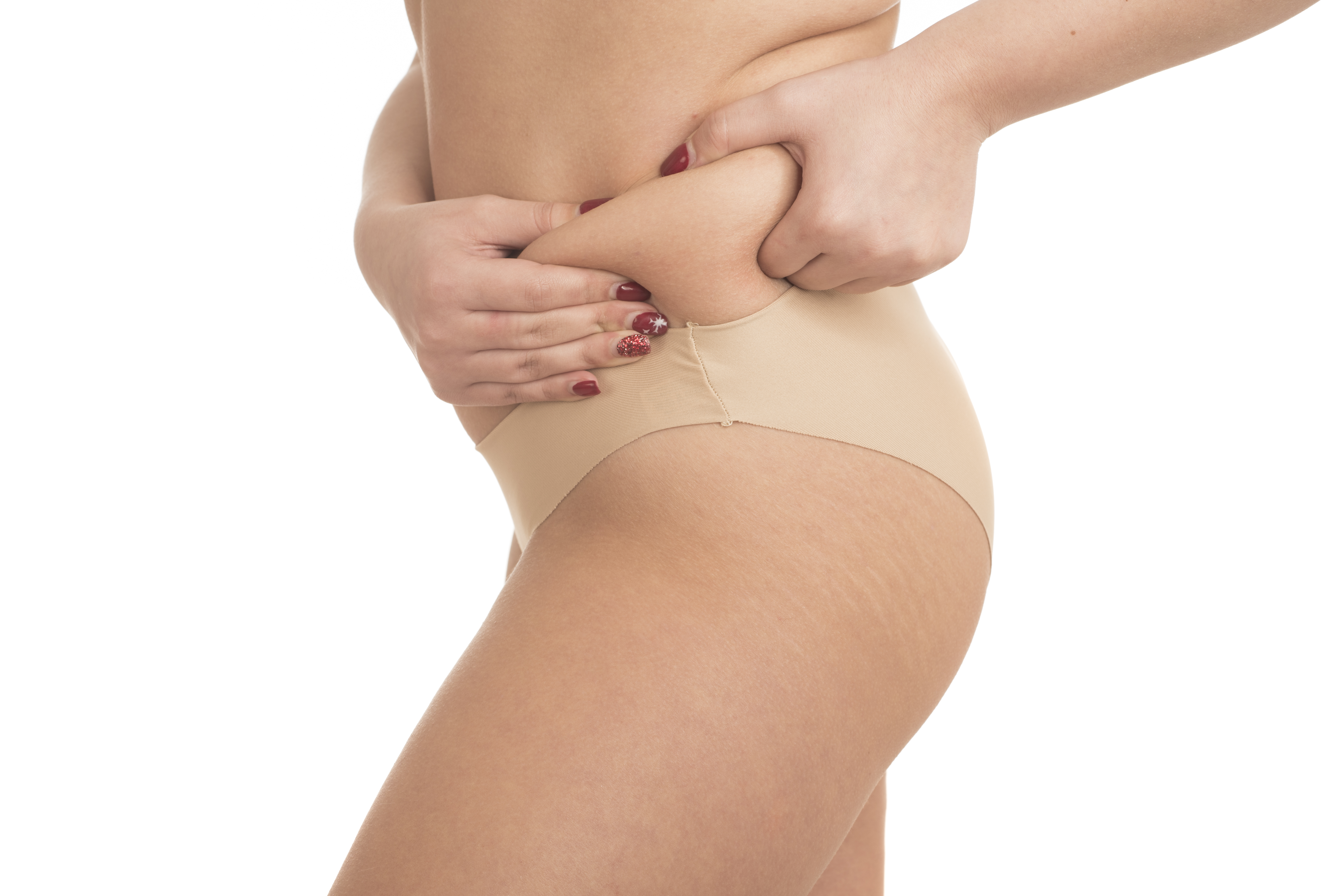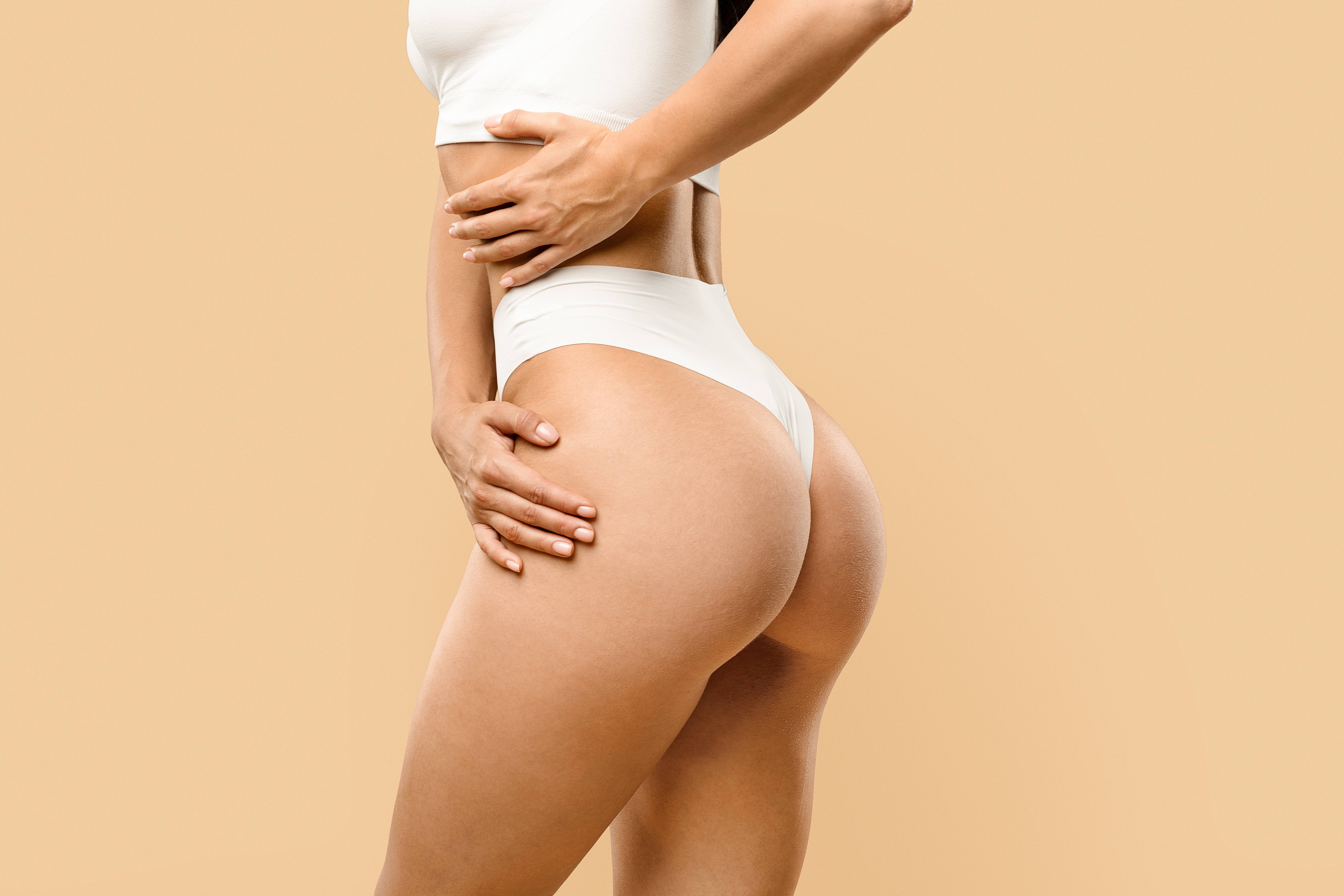Lipedema
Professional medical service with experienced doctors and modern techniques.





Description
Lipedema is a condition that affects most women and is caused by the irregular distribution of fat under the skin, usually on the hips and legs. Women living with this disease cannot lose weight even with an ideal diet and regular exercise. This chronic condition particularly affects the legs and the arms, causing an abnormal accumulation of fat cells and producing a visibly disproportionate appearance.
While this condition is initially perceived as a cosmetic issue, it not only causes emotional distress but is also very painful and potentially slimming. It can eventually cause pain and many other physical and psychological problems. Lipedema is often misdiagnosed as weight gain or lymphedema. The diagnosis of lipedema should be made clinically.
Causes of Lipedema
Although the exact cause is not known, it is suspected that female hormones play a role. This is because the disease mostly affects women. It usually begins or worsens during puberty, during pregnancy, following gynecological surgery, and during menopause.
Scientists also believe that genes are involved, as many women with the disease have family members with the same disease.
Phases of Lipedema:
- Smooth thickening with an increase in enlarged subcutaneous fat tissue.
- Uneven skin with indentations in fat tissue, and larger fat tissue (lipomas) that can be seen and felt.
- The formation of large layers of fat tissue causes deformations, especially around the thigh and knee.
- Development of lipo lymphedema, a condition in which both lipedema and lymphedema are present with accumulation of fluid in the body; and an increase in large protuberances of tissue in the legs and/or arms.
Symptoms of Lipedema:
This disorder gives the individual a "tree-like" leg disproportion, in which the fat completely covers the thighs, knees, calves and ankles. Usually there is a clamp around the ankles that does not affect the feet.
Softness and cellulite in the legs are common features that may occur. When the disorder reaches an advanced stage, it is a definite possibility that the arms will also be affected. Pain, tenderness, decreased mobility, numbness, dullness, and easy bruising are signs or symptoms experienced by many patients. Early diagnosis and treatment are important as it affects long-term prognosis.
Lipedema affects both thin and obese individuals in the same way, and usually, no diet or exercise can stop or prevent it. This disorder typically appears during the teenage years and then gets progressively worse.
Typical symptoms are legs that are often tender, painful, fatter than normal body proportions, and prone to bruising easily. For instance, the upper half of your body may be a size 36, while the lower half may be a size 46.
Where can lipedema occur?
Swelling and deposits occur mostly on the legs. The disease mostly affects the thighs from the buttocks. If it is more advanced, the lower legs up to the ankles are also affected. Arms may also be affected.
Unlike obesity, it targets the legs, thighs and sometimes arms. Unlike lymphedema, lipedema begins in the upper legs, not the lower legs (feet and ankles), and usually affects both legs.
Over time, fat cells clog the vessels of your lymphatic system, which normally helps balance body fluid levels and protect against infection. This blockage prevents the proper drainage of lymph fluid, causing the accumulation of fluid called lymphedema.
If lymphedema is not treated, it can lead to problems such as infections, delayed wound healing, the development of scar-like tissue called fibrosis, and hardened skin on the legs.
When should surgery be performed for lipedema?
This painful condition has three stages. Especially in the 2nd and 3rd stages, the pain felt by the women increases. Since lipoedema cannot be cured, only surgery can provide permanent relief.
Techniques
Comprehensive Approach to Lipedema Treatment at Medicci
At Medicci, our approach to Lipedema treatment is comprehensive and tailored to each patient’s unique needs. We use a multidisciplinary strategy that may include:
-Manual Lymphatic Drainage (MLD) to improve circulation and reduce swelling.
-Compression therapy to manage fluid buildup and relieve discomfort.
-Specialized exercises designed to enhance mobility and support lymphatic flow.
-Surgical interventions such as liposuction to remove excess fat deposits caused by Lipedema.
By combining these treatment options, our goal is to alleviate symptoms, reduce swelling, improve mobility, and enhance overall quality of life for individuals living with Lipedema.
Before Surgery
Lipedema Assessment and Personalized Treatment Planning at Medicci
Before beginning Lipedema treatment, patients undergo a comprehensive evaluation to measure the extent of their condition and identify any underlying health concerns. This thorough assessment allows our medical team to understand the severity of Lipedema and determine the most critical areas of focus.
Based on this information, we create a personalized treatment plan tailored to each patient’s unique needs and goals. This individualized approach ensures that the treatment is optimized to deliver the best possible results while also improving overall health and well-being.
Surgery
Liposuction Surgery for Lipedema at Medicci
Liposuction is currently the only proven treatment known to truly change the course of Lipedema, as it removes the diseased fat storage tissue that defines the condition. It stands as the primary surgical intervention for Lipedema and has been shown to significantly improve both function and quality of life.
The most commonly used techniques include:
- Tumescent Anesthesia (TA) Liposuction
- Water-Assisted Liposuction (WAL)
Our primary goal is to relieve pain, reduce swelling, improve mobility, and ultimately enhance the overall quality of life for individuals living with Lipedema. By combining advanced therapeutic methods with specialized surgical techniques, we provide a comprehensive and highly personalized approach that meets each patient’s unique needs and goals.
After Surgery
Ongoing Support After Lipedema Treatment at Medicci
Patients undergoing Lipedema treatment receive continuous support and guidance to help them manage their condition effectively in the long term. This comprehensive care plan may include:
- Wearing compression garments to maintain optimal circulation,
- Participating in tailored exercise programs designed to suit their individual needs,
- Attending scheduled follow-up appointments for monitoring and adjustments when necessary.
Does Fat Return After Liposuction for Lipedema?
In principle, the removal of fat cells through liposuction is permanent. However, in most cases, not all diseased fat tissue can be removed. This means that while new fat cells may continue to develop, the overall increase in fat tissue occurs much more slowly compared to before liposuction. Thanks to the significantly reduced amount of fat cells, patients can expect more manageable and longer-lasting results.
What Our Patients Said
Elevate Your Beauty Experience with Medicci
Whether you are considering a facelift, liposuction, or rejuvenating treatments, our surgeon is ready to create a personalized plan for you.
Frequently Asked Questions
Recovery time varies depending on the procedure and individual factors. Your surgeon will provide specific guidance.
Book Now
Related Services

Aesthetic Procedures After Bariatric Surgery

Arm Lift

BBL (Brazilian Butt Lift)



